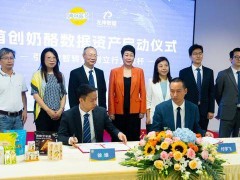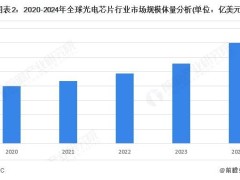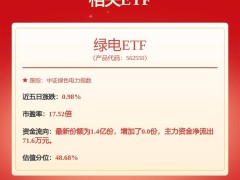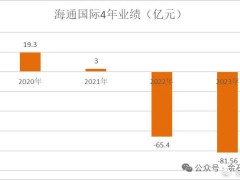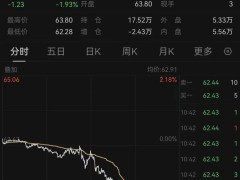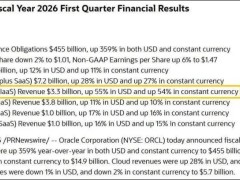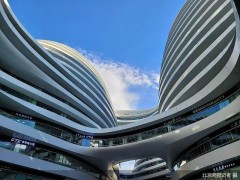TMTPost -- China cuts its market-based benchmark lending rates more than expected on Monday, highlighting the policymakers’ determination to reinvigorate the world’s second largest economy with a fresh series of economic stimulus measures.

Credit:Xinhua News Agency
The one-year loan prime rate (LPR) was cut by a quarter percentage point, or 25 basis points (BPs), to 3.1%, while the five-year LPR, on which many lenders base their mortgage rates, was also trimmed by 25 BPs to 3.6%, according to the National Interbank Funding Center (NIFC) published by the People's Bank of China (PBOC) on Monday.
This is the larger than ever single reduction since China began to calculate LPR under the new formation mechanism in August 2019. Based on the quotes made by quoting banks by adding a few basis points to the interest rate of open market operations, mainly referring to the rate of the medium-term lending facility (MLF), the LPR is calculated by the NIFC, after a total of 20 quoting banks submit their quotes before 9:00 a.m. on the 20th day of every month, with 0.05 percentage points as step length, to the institution affiliate to the PBOC, China’s central bank.
Prior to Monday’s move, China had lowered LRP twice to the date this year and the last reduction took place in almost two month ago. While Pan Gongsheng, governor of the PBOC, flagged upcoming rate cuts in his address at the Annual Conference of Financial Street Forum 2024 last Friday, the LRP cut Monday was at the upper range of 20 to 25 BPs Pan suggested, and bigger than the 20-BP drop expected by all 17 economists surveyed by the Bloomberg.
Monday’s LPR cut formed part of China's broader policy push to reduce financing costs, support the recovery of credit demand, and further fuel consumption and investment growth. Pan said last Friday the PBOC is considering a cut of 25 to 50 BPs in the reserve requirement ratio (RRR) at an appropriate time before the end of 2024, depending on market liquidity situations, after the central bank reduced the RRR by 50 BPs and the interest rate of seven-day reverse repurchases by 20 BPs on September 27.
“The larger cuts /confirm/i the PBOC’s stance of easing monetary policy more quickly, and echo the Politburo’s statement of cutting rates more forcefully,” said Beckly Liu, head of China macro strategy at Standard Chartered Plc.
The greater-than-expected LPR declines reflect the government's fourth-quarter focus on guiding substantial reductions in corporate and household loan rates -- particularly concerning new residential mortgages, noted Wang Qing, chief economist at Golden Credit Rating, a credit rating agency based in China.
Friday witnessed the PBOC kicked off two facilities to boost the capital market. One of them, Securities, Funds and Insurance companies Swap Facility (SFISF) allows eligible securities firms, funds, insurance companies to exchange for high quality liquidity assets like treasury bonds from the central bank using various collateral assets such as bonds, equity exchange traded funds (ETFs) and holdings in constituents of CSI 300 index, which tracks the top 300 stocks traded on the Shanghai Stock Exchange and the Shenzhen Stock Exchange.
The PBOC earlier this month announced it has decided to set up introduced the SFISF with the initial scale of RMB500 billion, the first monetary policy tool created by China to support the capital market. The central bank said in the statement on October 10 it initially injected RMB500 billion for and the scale of the new swap facility could be expanded if needed in the future. So far, a total of 20 securities and funds companies have been approved to participate in the SFISF operation, and the first batch of application quota exceeding RMB200 billion, according to a statement released by the PBOC on Friday.
Another facility is a special re-lending facility to guide banks to provide loans to listed companies and their major shareholders for buybacks and increasing shareholdings. The initial re-lending scale is RMB 300 billion at an interest rate of 1.75% with a term of one year, can be rolled over if needed. The facility can be applied to various types of companies regardless of their ownership, according to the central bank.



